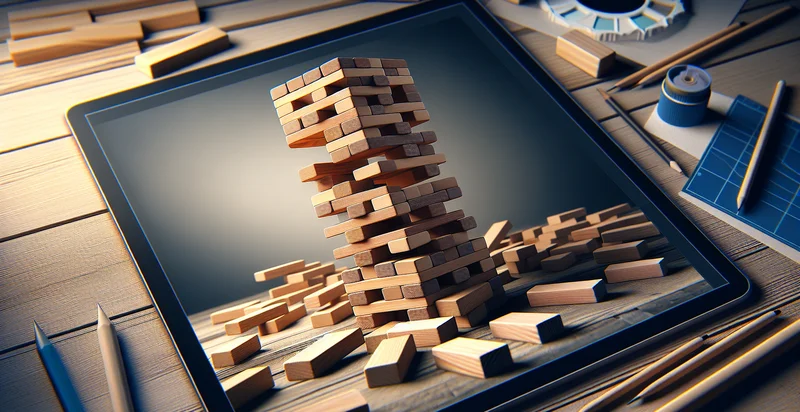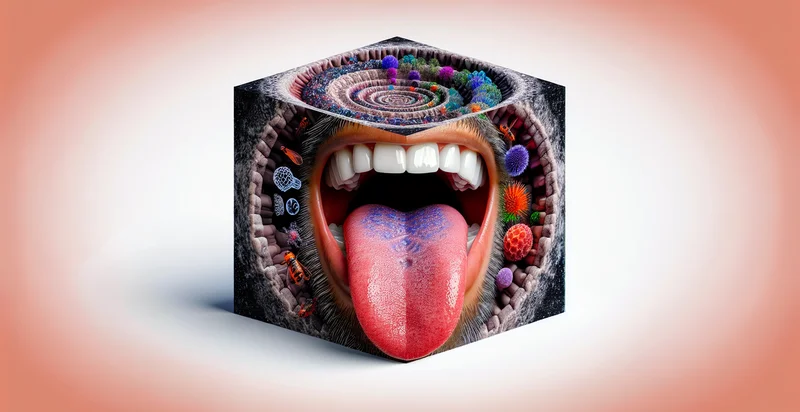Identify jenga block position
using AI
Below is a free classifier to identify jenga block position. Just upload your image, and our AI will predict the position of Jenga blocks in a stack - in just seconds.

Contact us for API access
Or, use Nyckel to build highly-accurate custom classifiers in just minutes. No PhD required.
Get started
import nyckel
credentials = nyckel.Credentials("YOUR_CLIENT_ID", "YOUR_CLIENT_SECRET")
nyckel.invoke("jenga-block-position", "your_image_url", credentials)
fetch('https://www.nyckel.com/v1/functions/jenga-block-position/invoke', {
method: 'POST',
headers: {
'Authorization': 'Bearer ' + 'YOUR_BEARER_TOKEN',
'Content-Type': 'application/json',
},
body: JSON.stringify(
{"data": "your_image_url"}
)
})
.then(response => response.json())
.then(data => console.log(data));
curl -X POST \
-H "Content-Type: application/json" \
-H "Authorization: Bearer YOUR_BEARER_TOKEN" \
-d '{"data": "your_image_url"}' \
https://www.nyckel.com/v1/functions/jenga-block-position/invoke
How this classifier works
To start, upload your image. Our AI tool will then predict the position of Jenga blocks in a stack.
This pretrained image model uses a Nyckel-created dataset and has 18 labels, including Back, Bottom, Diagonal Left, Diagonal Right, Front, Leaning Left, Leaning Right, Left, Middle and Right.
We'll also show a confidence score (the higher the number, the more confident the AI model is around the position of Jenga blocks in a stack).
Whether you're just curious or building jenga block position detection into your application, we hope our classifier proves helpful.
Related Classifiers
Need to identify jenga block position at scale?
Get API or Zapier access to this classifier for free. It's perfect for:
- Quality Control in Manufacturing: The 'jenga block position' identifier can be applied in manufacturing facilities to monitor the assembly and positioning of components on production lines. By using image classification, the system can identify misaligned or incorrectly positioned parts in real-time, allowing for immediate corrective actions.
- Robotics Navigation: In robotics, particularly in environments with modular shapes, this function can help autonomous robots navigate spaces by identifying the structural positions of objects that resemble jenga blocks. Robots can make decisions on movement and placement based on accurate interpretations of the surrounding structures, increasing operational efficiency.
- Educational Tools in STEM: Educational institutions can use this classification function to create interactive learning modules for students. By analyzing the stability of jenga-like structures, students can gain insights into physics and engineering principles in a hands-on way, reinforcing theoretical knowledge through practical application.
- Gaming and Augmented Reality: In the gaming industry, particularly for augmented reality (AR) experiences, the function can identify and enhance gameplay that involves stacking or balancing objects. By providing real-time feedback on block positions, players can receive guidance or challenges based on their stacking abilities, enhancing the immersive experience.
- Construction Site Monitoring: The function can be integrated into construction site monitoring systems to evaluate the stability of temporary structures. By identifying jenga-like positions of materials, site managers can assess risks and implement safety measures to prevent accidents involving collapsing structures.
- Art Installation Analysis: Artists and curators can utilize this classification tool to evaluate the positioning of art installations that rely on precarious balance. By assessing the stability of these installations, they can determine the best locations for placement or identify potential risks for collapse.
- Home Inspection Services: Home inspectors can employ this function to analyze the structural integrity of residential constructions. By capturing and analyzing images of stacked materials or components, inspectors can identify issues related to improper alignment or stability, facilitating more accurate evaluations of safety and compliance within homes.


